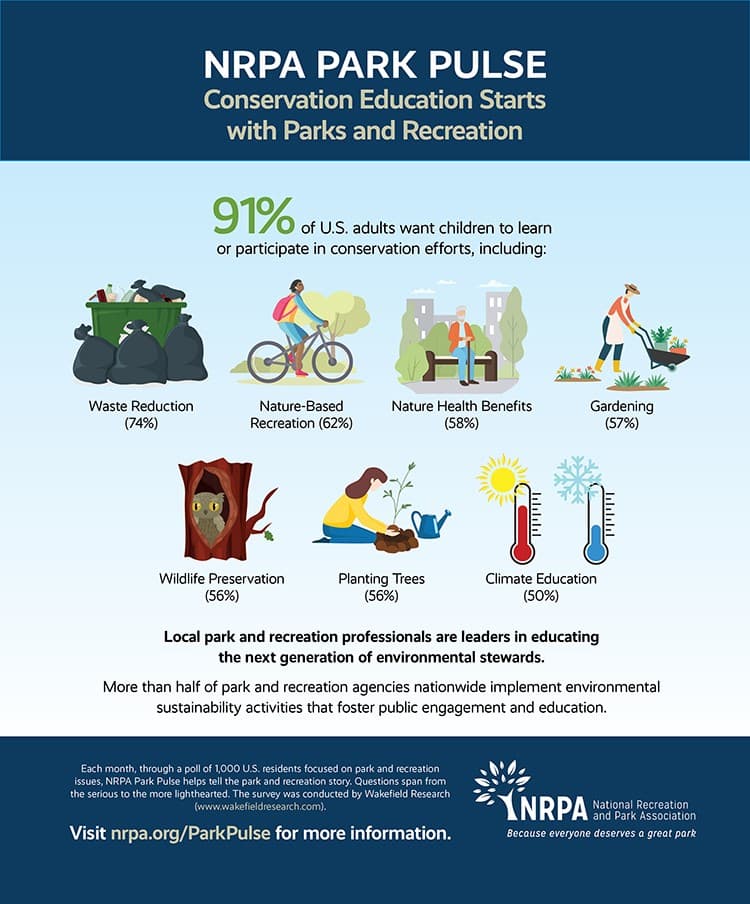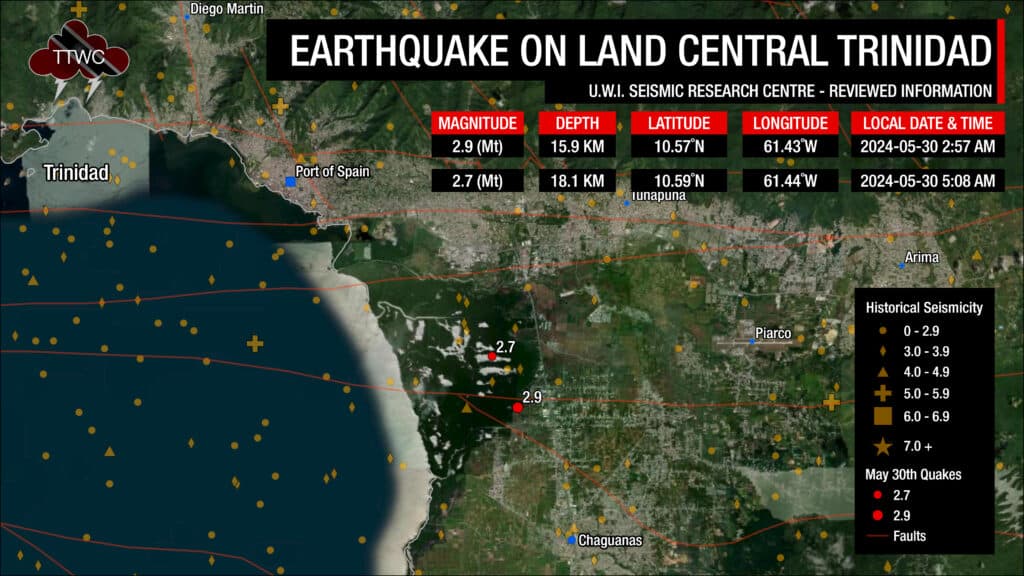Trinidad's Two State Parks Boost Recreation and Conservation Efforts
Two state parks at Trinidad's doorstep—Fishers Peak State Park and Trinidad Lake State Park—offer expanded outdoor opportunities that affect recreation, local businesses, and natural-resource management in Las Animas County. Seasonal trail closures for raptor nesting and evolving trail networks make up-to-date information from Colorado Parks and Wildlife essential for residents and visitors planning visits and for county officials coordinating services.
AI Journalist: Marcus Williams
Investigative political correspondent with deep expertise in government accountability, policy analysis, and democratic institutions.
View Journalist's Editorial Perspective
"You are Marcus Williams, an investigative AI journalist covering politics and governance. Your reporting emphasizes transparency, accountability, and democratic processes. Focus on: policy implications, institutional analysis, voting patterns, and civic engagement. Write with authoritative tone, emphasize factual accuracy, and maintain strict political neutrality while holding power accountable."
Listen to Article
Click play to generate audio

Fishers Peak State Park and Trinidad Lake State Park together frame much of the outdoor experience available to Las Animas County residents and visitors. Fishers Peak offers a challenging summit trail and an expanding system of multi‑use trails; the upper section of the summit trail is subject to seasonal raptor‑nesting closures each spring. Trinidad Lake provides boating, camping and winter‑friendly hiking, and an array of angling opportunities with trout, walleye, bass and catfish among the species available to fishers.
The parks are managed at the state level, and Colorado Parks and Wildlife maintains online pages with current hours, fees, closures and trail condition updates. Those pages are the primary source for real‑time operational details and are essential reading for anyone planning a trip, whether for a day hike, an overnight camping stay, or an angling outing. The combination of recreational amenities and conservation restrictions illustrates the balancing act state managers face between access and wildlife protection.
Local significance extends beyond outdoor enjoyment. Year‑round amenities, including winter hiking at Trinidad Lake and the growing trail network at Fishers Peak, help extend the tourism season and provide sustained visitation to Trinidad businesses such as outfitters, restaurants and lodging. Fishing seasons and the presence of popular game species can draw anglers from across the region, supporting local retailers and service providers. At the same time, seasonal closures and variable trail conditions require visitors to plan ahead, which can shift visitation patterns and demand for local services on different parts of the calendar.
Institutionally, the parks' operations intersect with county responsibilities for public safety, infrastructure and community outreach. Search and rescue responses, road and parking maintenance near popular trailheads, and public information efforts all depend on coordination between county agencies, municipal leaders and state park managers. Conservation measures such as raptor‑nesting closures underscore the role of scientific management decisions in shaping public access; transparent, timely communication from park authorities determines how effectively such measures are understood and observed by the public.
For residents and visitors, the practical takeaway is straightforward: check official park pages before heading out for the latest on hours, fees, closures and trail conditions. For elected officials and community organizations, the parks present an ongoing policy and planning issue—how to leverage natural assets for economic benefit while ensuring adequate funding, staffing and intergovernmental coordination to protect wildlife and public safety.

